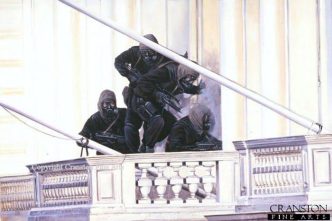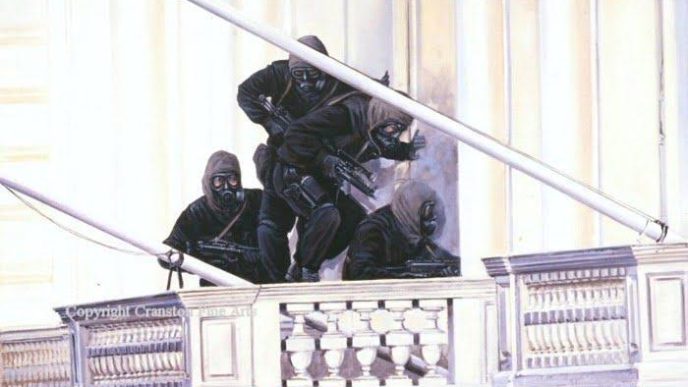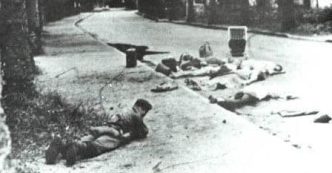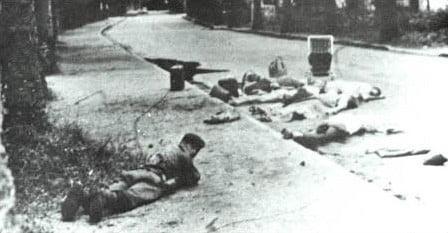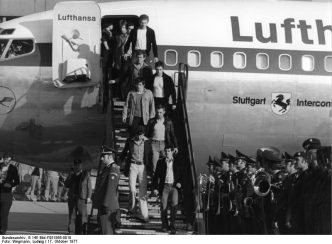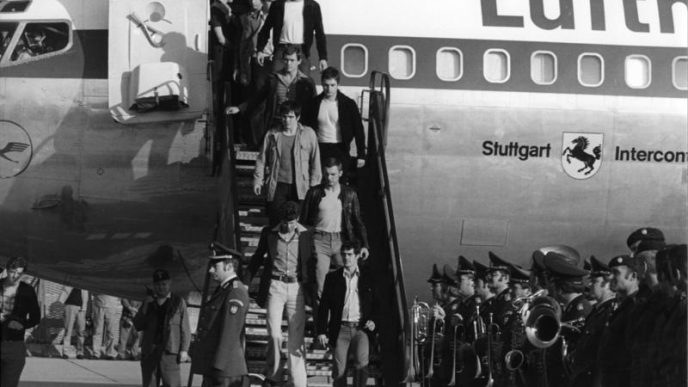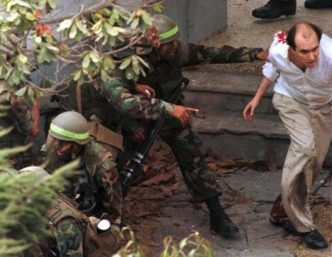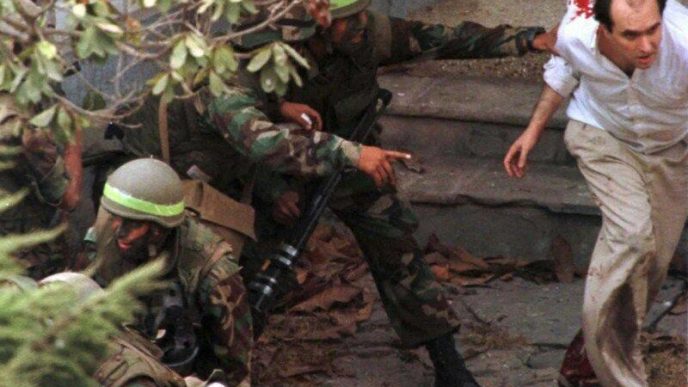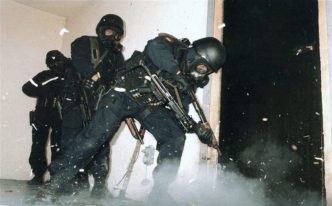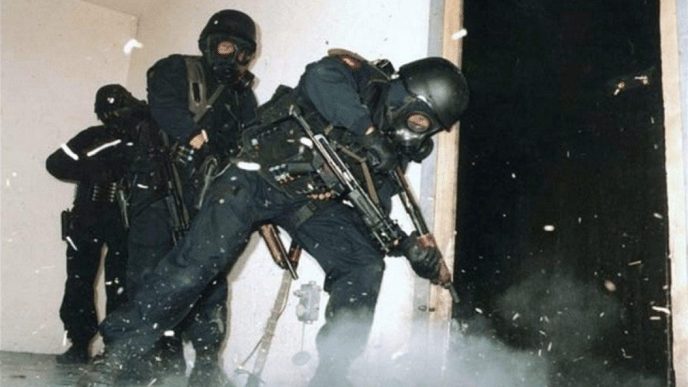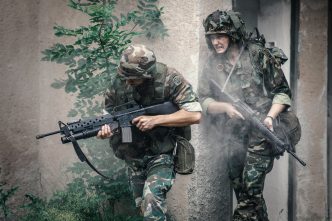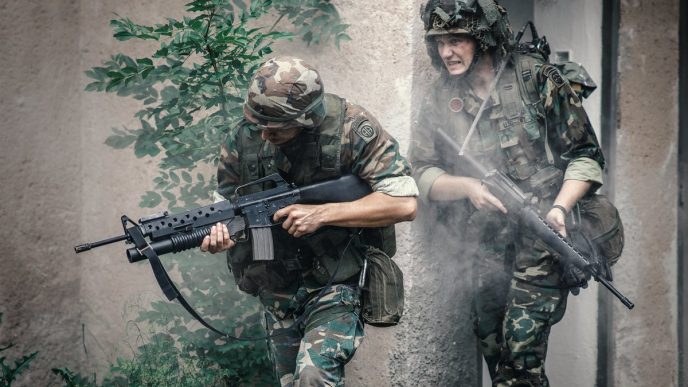The hijacking of Air France Flight 8969 hit the headlines on Christmas Eve, 1994. Before the planned takeoff, the plane was hijacked by four terrorists from the Algerian terrorist group GIA (Islamic Armed Group). The terrorists boarded the plane disguised as security agents. The aircraft was the Airbus A300B2-1C, tail number F-GBEC.
Introduction
Air France Flight 8969 was a regular flight en route to Orly Airport, Paris, from Houari Boumedienne Airport in Algeria with 236 occupants (including passengers, crew, and hijackers). The flight was scheduled for December 24, 1994, at 1105 a.m. local time. Shortly before takeoff, four terrorists disguised as Algerian presidential police, with blue uniforms with Air Algerie logos, boarded the plane.
Simultaneously, the Algerian military felt suspicious of noticing that the Air France flight 8969 appeared to have an unauthorized delay, so they began surrounding the aircraft. Operators from the Algerian Special Intervention Group (GIS) were present at the scene. Upon seeing the GIS operators gathering outside the plane, one of the terrorists shouted “taghut,” an Arabic word for “infidel.” Immediately, the crew onboard knew those guys were terrorists.
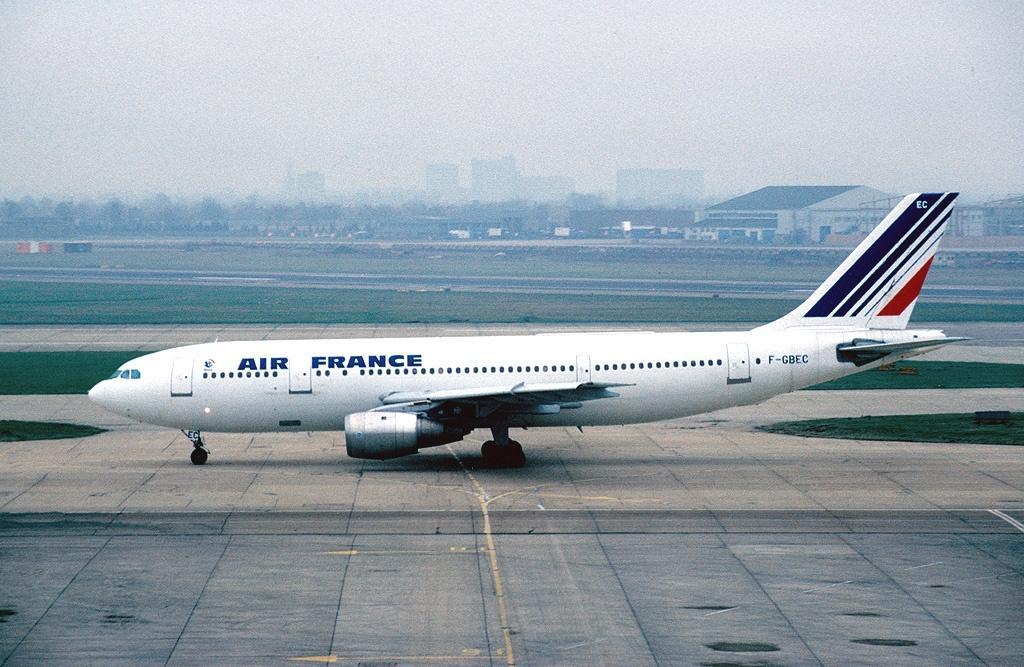
Hijacking
At first, other people on board didn’t suspect that the alleged security agents got onto the plane and regularly started to check passports. Suddenly, they pulled out their Uzi and AK-47 assault rifles. Moments later, Air France flight 8969 was hijacked. Terrorists barricaded themselves, and the first thing they did was murder two passengers. They killed an Algerian police officer and a Vietnamese diplomat to prove their commitment.
Only 15 minutes later, the French government was notified about the hijacking through their intelligence channels. French intelligence agents were already assigned to monitor Algerian military and police radio traffic when they found that something had happened at the airport. The government immediately put their elite counter-terrorism unit, GIGN, on standby.
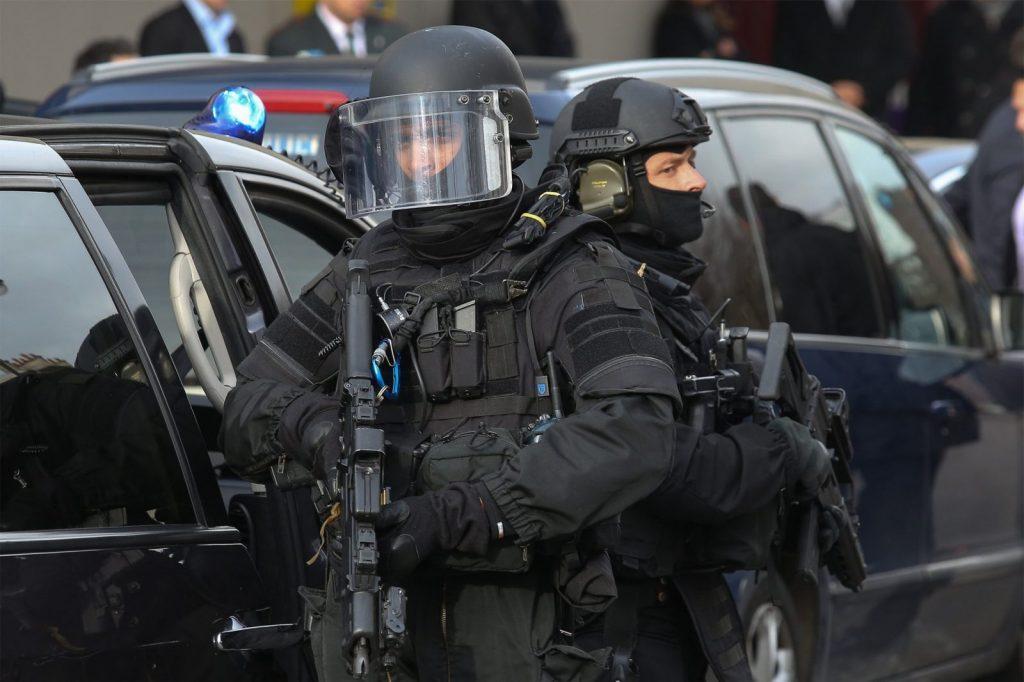
Enroute to Algeria
The Algerian interior minister personally led the negotiations with the terrorists that used the pilot as a go-between. After four hours of talks, the notorious GIA cell members agreed to release some hostages. From the descriptions the freed hostages gave, the Algerian intelligence services quickly identified the terrorists, including their leader Abdul Abdullah Yahia. They seemed determined, well planned, and very cold-blooded.
Nearly nine hours into the hijacking and hostage crisis, the French government ordered GIGN to move. 35 GIGN operators took off from Paris to fly to Palma De Mallorca in Spain to wait for further orders. The French government couldn’t persuade the Algerian government to accept help from the GIGN.
From Algeria to Marseilles
The day after the hijacking, the terrorists wanted to take off and fly to Paris. The Algerian security forces weren’t willing to let the plane take off. The hijackers threatened to kill a French passenger and did it shortly after the Algerian authorities refused to meet their demands. The French Prime Minister phoned his Algerian counterpart and demanded that the plane take off. Finally, on December 26, 1994, the aircraft left Algeria and headed for France.
On the same day, the plane carrying the GIGN operators was already headed for Algeria but was ordered to turn around and run for Marseilles. Additional GIGN reinforcements were dispatched to Marseilles, so the number of operators headed to the Marseille airport was 51. The aircraft carrying the GIGN operators touched down before the hijacked aircraft.
When Air France Flight 8969 landed in Marseille, the negotiators immediately started negotiations with the terrorists. As they took their time, GIGN started planning the daring raid. They examined the plane for possible entry points and did the basic check for booby traps. They also placed listening devices on the plane chassis. The official negotiations continued for hours, and the terrorist got impatient and wanted to take off again and leave Marseilles.
Greenlight for GIGN
In the late afternoon of December 26, 1994, at 1645 hours, the terrorist got impatient. They opened one of the plane doors and started shooting at the control tower. The GIGN was given the green light, fearing the terrorists would kill more hostages.
At 1717 hours, three eight-man teams went into action. They approached the aircraft using three mobile ramps but spotted the terrorist who opened fire. The first team went through the front door, and the first six operators that went into the plane were injured. The other two teams went into the aircraft through the aircraft’s rear doors. A heavy firefight occurred, but after only 90 seconds, the first hostages were evacuated alongside the wounded operators. The remaining terrorists retreated to the cockpit, where they were pinned down.
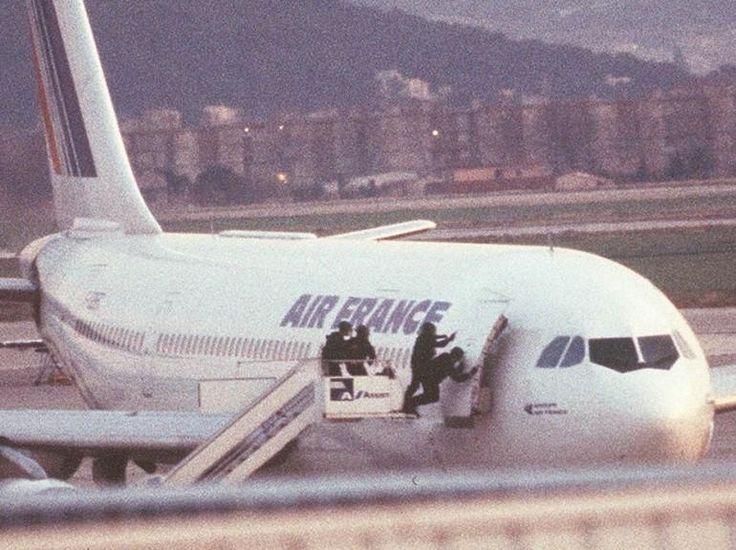
The GIGN could storm the cockpit but didn’t dare since the terrorists still had the pilot and a steward. The co-pilot had jumped out one of the cockpit windows when the attack had started.
The two terrorists continued to exchange fire. A GIGN operator threw a flash-bang grenade through a cockpit window, but the grenade didn’t affect the terrorists. During the standoff with the terrorists in the cockpit, and almost four minutes from the beginning of the action, all the hostages were evacuated except for the pilot and the steward, who were still in the cockpit.
GIGN snipers positioned on the surrounding airport buildings’ roofs were ordered to open fire on the remaining terrorists in the cockpit. The firefight continued for several minutes, and suddenly the shooting stopped, and over the radio, the pilot said that all the terrorists were dead. The two remaining hostages were evacuated from the aircraft. Amazingly they were both unarmed, even though the cockpit was full of bullet holes.
The part of the GIGN raid during the overtaking of hijacked Air France flight 8969 was directly broadcasted on national TV. Millions had the opportunity to watch how the GIGN ended this hostage crisis.
Aftermath
A 17-minute-long attack had ended successfully. Over 1500 rounds had been fired, while four hijackers were killed. In total, three passengers were executed, while 173 people were saved. As a result of the damage to the aircraft, the A300 was written off. The crew of the A300 and the GIGN forces received high national honors.
Further investigation of the incident led the investigator to conclude that the terrorists had planned to detonate the aircraft over the Eiffel Tower. That claim comes from the former leader of the militant group. They never again attempted this plot.
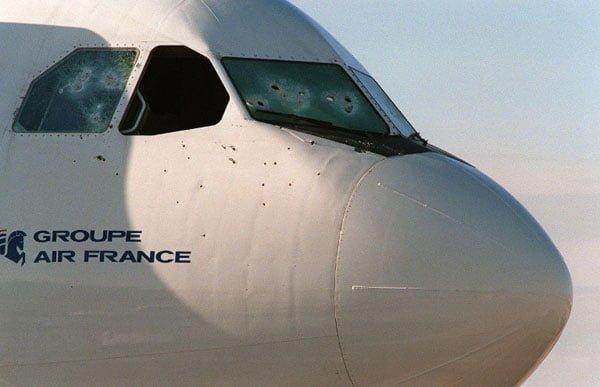
Air France Flight 8969 hijacking in numbers
| Occupants: | 236 (including four hijackers) |
| Passengers: | 224 (including four hijackers) |
| Crew: | 12 |
| Fatalities: | 7 (3 passengers and four hijackers) |
| Injuries: | 25 (13 passengers, three crew, 9 GIGN operators) |
| Survivors: | 229 |
